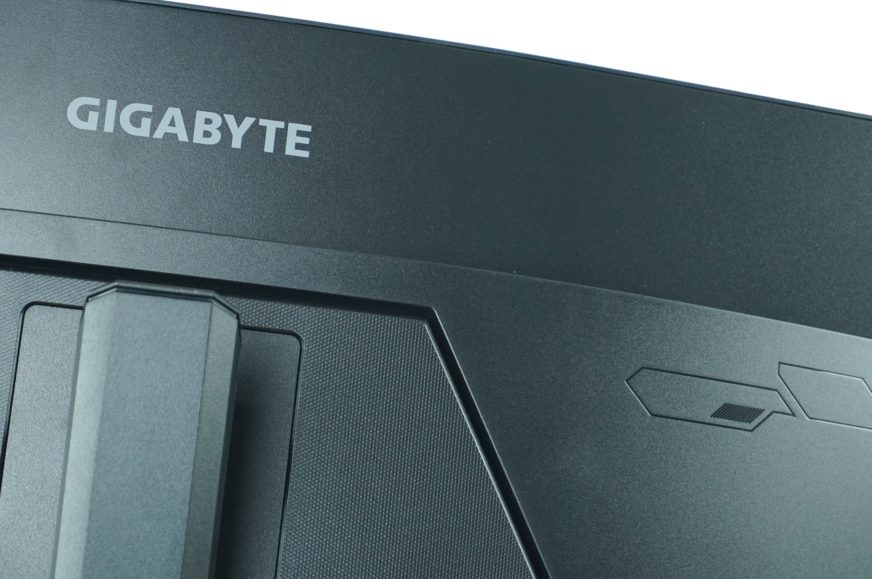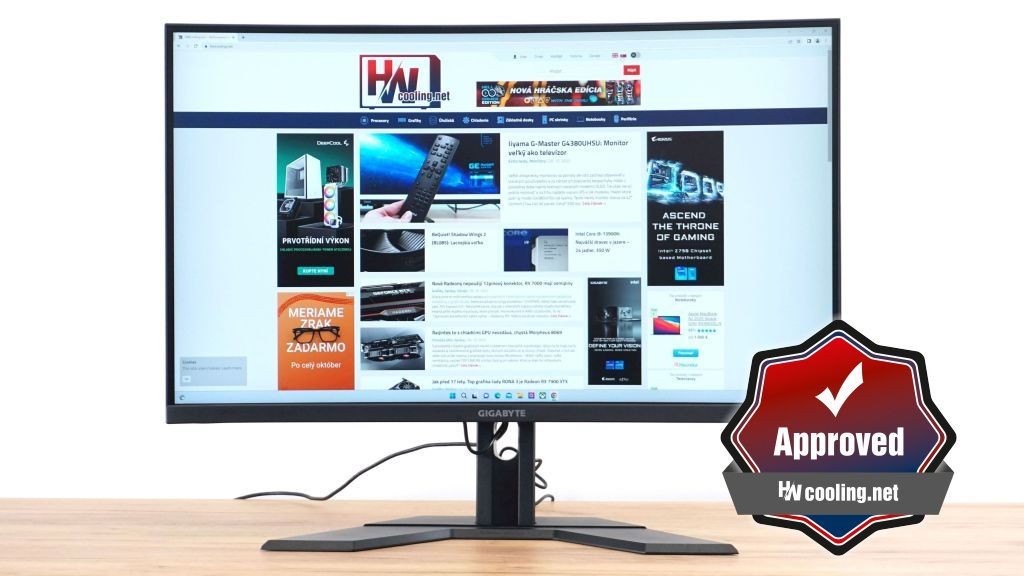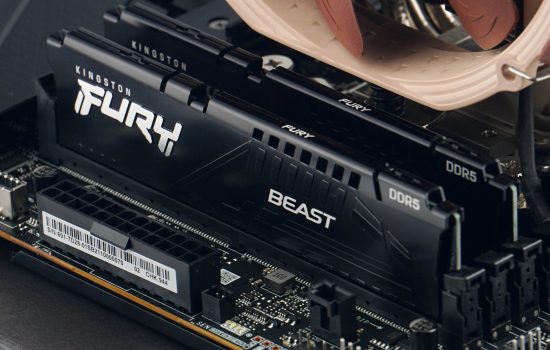Conclusion
Monitors at the moment are probably dominated by 27-inch models, which is logical given their price and availability. The next step in the evolution are 32-inch models, which include the tested M32UC from Gigabyte. This one is very similar to the recently tested G32QC. However, appearance is the only thing they are similar in, as the M32UC is a bit of a “different animal”. 4K at 160Hz and KVM are just the tip of the iceberg of what the monitor offers.
Conclusion
Gigabyte M32UC represents the evolution of gaming panels with higher resolutions and refresh rates. A few years ago, when 4K 120 Hz models came to market, they cost up to 2000 euros. The M32UC will get you well under half of that, and while it doesn’t offer FALD backlighting like the aforementioned top models, the main advantage of high resolution combined with a high refresh rate remains. Add to that solid connectivity, KVM functionality with a USB hub and multiple PiP and PbP modes, and you get a very versatile monitor that’s suitable for both work and gaming, yet has no major trade-offs. The USB-C port even handles faster charging, albeit only 18W, which is not enough to power laptops, for example.
The monitor will please you with higher brightness than the parameters state, color rendering is also solid and the only weakness is again the uniformity of the backlight, which is a typical shortcoming of VA panels. This is especially the case with curved ones. Aside from the hardware, the M32UC is also well equipped on the software side, where it offers a number of settings and gaming features to help you get better results. Overall, this is a very solid package that lacks nothing essential.
English translation and edit by Jozef Dudáš
| Gigabyte M32UC |
| + 4K at 144 (160) Hz on 32" for an affordable price |
| + Good color rendering and brightness |
| + Wide range of settings and gaming features |
| + PbP and PiP modes |
| + USB-C connector with both charging and hub and KVM function |
| - Weaker display uniformity |













That’s a beautiful Batman in black uniformity test. I blame mostly Samsung that we needed to wait over 2 years for this curved screen “comfort” and “gaming immersion” fad in 27″ and 24″(!!) VA screens to be over. So many luminance and other problems for questionable gains.